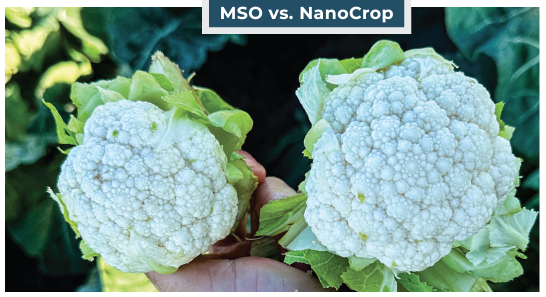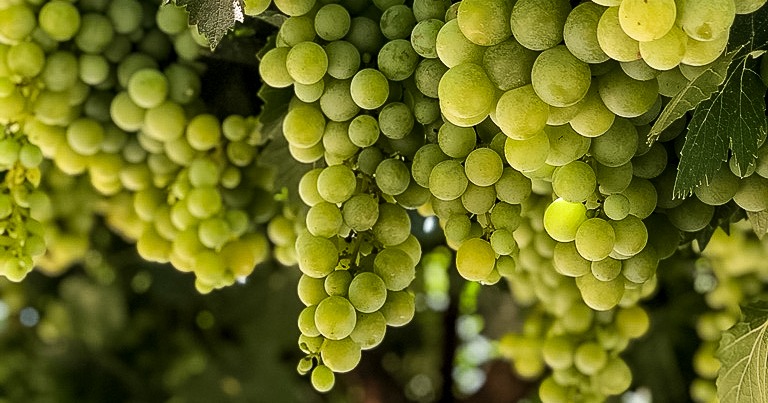Managing Citrus Thrips
Strawberry farming has always been one that necessitates precise practices and techniques to achieve a successful and bountiful harvest. The constant evolution of farming techniques has led us to harness innovations that not only increase yield but also provide effective pest control. One such innovative combination that has gained traction in both conventional and organic strawberry programs is the mixture of NanoCrop and Grower’s Secret Nitrogen 16-0-0 (GSN16).
NanoCrop is celebrated for its ability to utilize colloidal micelles. These micelles can break surface tension and act as a potent insecticide. Meanwhile, GSN16 has a specialized product which is a nitrogen fertilizer that also enhances spreading and adhesion on plant surfaces. Together, these two products produce a synergy that effectively controls one of strawberry farming’s biggest pests: lygus.
Lygus, often referred to as tarnished plant bugs, are a significant threat to strawberry yields. Their attacks can cause deformed strawberries (catfacing), making them less marketable. Therefore, an effective lygus control measure is crucial for any strawberry program aiming for a successful harvest.
The quote perfectly encapsulates the effectiveness of this combination:
"The tank mix of NanoCrop and Grower's Secret 16-0-0 has a synergistic effect when it comes to Lygus control. NanoCrop's colloidal micelle technology can break surface tension and act as an insecticide (membrane distribution of certain insects), while Grower’s Secret 16-0-0 is a fertilizer that appears to chelate and complex products and is reported to act as a spreader sticker when applied.
Aaron Kucharski, PCA, WCA Sales Director
In other words, when Lygus come into contact with strawberries treated with this combination, the NanoCrop element functions as an insecticide, taking immediate action against the pest. Concurrently, GSN16 provides an available source of nitrogen, which plants need to thrive and can help improve the efficacy and availability of other products applied to the crop.
Organic strawberry programs often face the dilemma of finding effective pest control solutions that do not compromise their organic principles. With the combination of NanoCrop and GSN16, they now have an effective, organic-friendly option to tackle the lygus issue. Nevertheless, this combination of products may be used on conventionally produced berries as well.
The blend of NanoCrop and Grower’s Secret’s GSN16 is indeed a breakthrough for strawberry farmers. By harnessing the individual strengths of both products, farmers can now achieve superior lygus control, leading to better yields and more beautiful strawberries.
As technology and farming techniques continue to evolve, it’s heartening to see such combinations coming to the fore, making the lives of farmers easier and their crops more bountiful. Whether you’re running a conventional or organic strawberry program, it might be worth exploring the potential benefits of this innovative mixture.
Contact us for more information or to start using this winning combination in your fields!
Call us directly at +1 (707) 972-5650 or email .
To learn more, check out our Studies & Trials!
Check out our content from the field updated weekly.

In the dynamic world of agriculture, every drop matters—especially when it comes to your tank mix. At West Coast Ag Products, we're dedicated to...

If you were faced with uprooting your struggling vineyard or trying to save it... What would you do?
Don't miss new updates! Subscribe to the West Coast Ag Products newsletter!
West Coast Ag Products © 2023 All Rights Reserved. | Privacy Policy